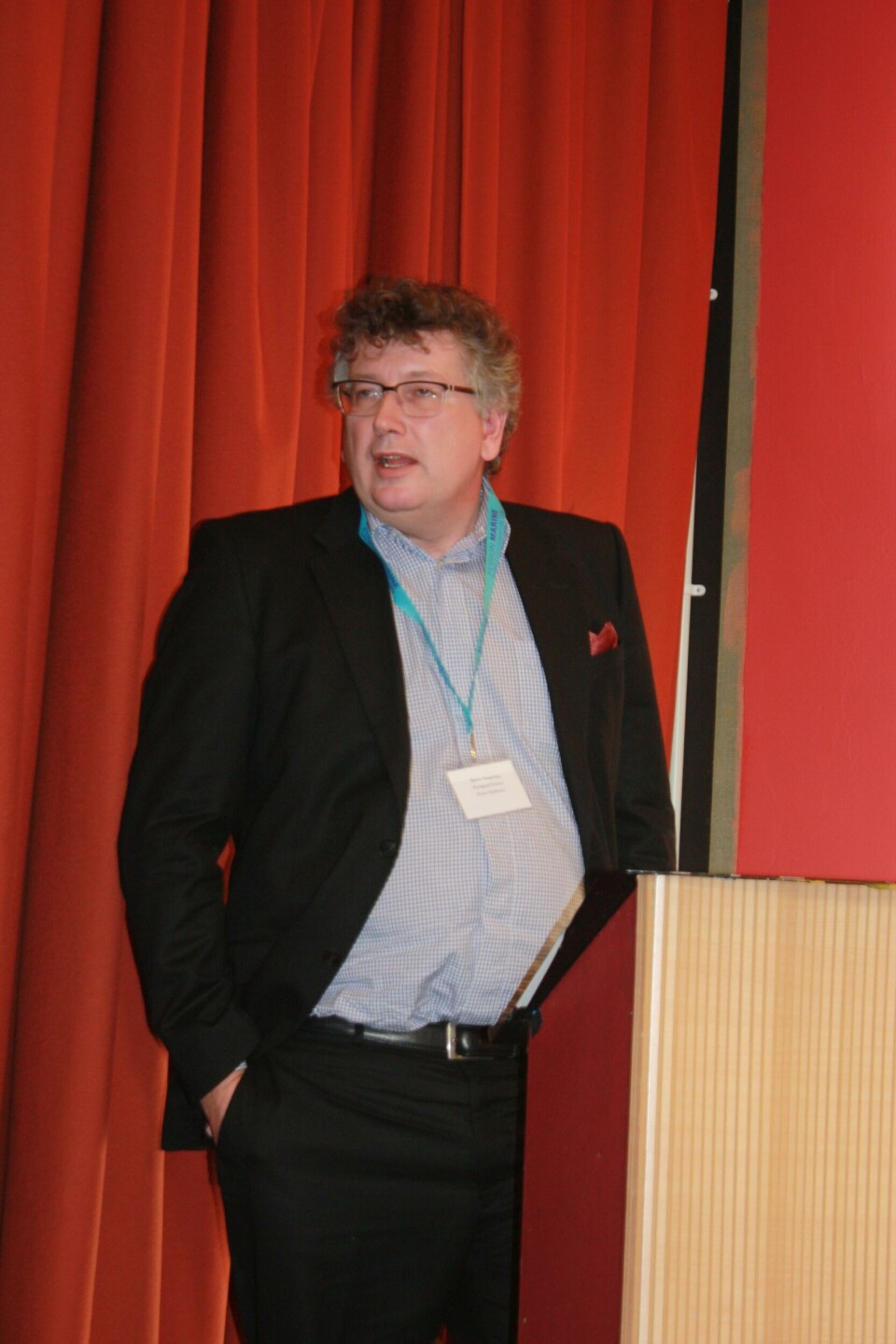
100,000 tonne goal
Olavur Gregerson, MD of Ocean Rainforest, aims to grow 100,000 tonnes of seaweed (S lattissma and A Esculenta) at sites around the Faroe Islands.

Speaking at the inaugural conference of the Scottish Seaweed Industry Association (SSIA), which is being held in Oban today, he explained how he thought this was feasible – despite only producing 100 tonnes this year and a projection to grow 160 tonnes in 2017.
In the shorter term, he told Fish Farming Expert, he hopes to increase this to “5000 tonnes within 5 years”.
The key to achieving any significant increase in production lies largely in attracting sufficient investment to establish a biorefinery process as part of the business – something that would allow him to reach the the high-end food market in Europe and the States.
“I am currently the majority shareholder in the company, but this is not going to be the case for long,” he told Fish Farming Expert “and we’re currently in process of raising €1 million – which we will hopefully have achieved within 6 months – in order to scale up production to the next phase and become the most reliable provider of high quality seaweed in Europe and North America.”
IMTA?
Olavur’s current site consists of four 500m lines. Due to the fact that no specific seaweed licences were available at the time it was established (2010) the lines are included in a salmon licence owned by the archipelago's largest salmon producer, Bakkafrost, who have a number of cages nearby.
Although Olvavur has had a good relationship with the farmer, and experienced some benefits of growing close to fish cages, he doesn’t think that IMTA is the best option for his business model.
“We originally wanted to be sited further offshore, but – because there was no licencing system at the time – we are actually growing using part of Bakkafrost salmon licence,” he explains.
“We’ve had an excellent relationship with them and we have noted that the growth rate is much higher when the site is actually stocked with fish,” he adds.
“However, to produce seaweed on the scale that we are seeking, I think it would be better for seaweed and salmon to have separate licencing,” he argues, “as I can’t see IMTA working on practical terms – due both to the scale we need, and the fact that salmon sites need to fallow from time to time.”
Nonetheless he does see scope to retain a good relationship with the producer.
“I think it’s better not to work from the same site, but that does not mean that we cannot work together in a region,” he concludes.






















































